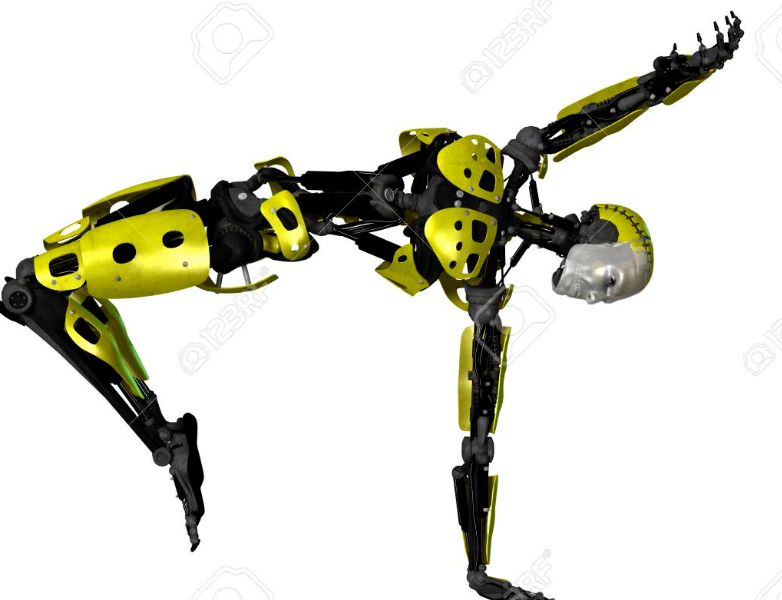AI: The Future of Dance?

The prediction that robots will take over the planet has been around for decades. Services we are used to seeing provided by human beings are already being rapidly transferred to computerized forms. Watching a recent interview with British choreographer Wayne McGregor, I was reminded of our impending digital takeover. In fact, the piece, published on the Google Arts and Culture Facebook page, gave me thorough Ex Machina, Westworld heebie jeebies.
McGregor has partnered with Google to explore the capabilities of Artificial Intelligence (AI) to generate movement material. In order to do so, he had to gift his entire archive, thousands of hours of rehearsal and performance footage so that the program could learn McGregor’s language and the tendencies of his dancers. The program then creates movement phrases in the style of specific dancers.
“When I’m with my dancers normally, what I’m asking them to do through their own creativity is make iterative versions of an idea that I might have proposed,” McGregor explains. “What this tool does for each little moment, is do 400,000 iterations of that idea. So the canvas is way, way bigger… What this tool allows us to do is go, ‘OK, I’m starting with this phrase, I would like the machine learning tool, the AI, to invent the next phrase but in the style of Jordan or in the style of Jess.”
In the early 2000’s, famed martial artist Jet Li was approached by the Wachowski brothers to play the character Seraph in The Matrix Reloaded and The Matrix Revolutions. The offer came with many benefits; handsome payment and the chance to be part of one of the biggest cult films of the time. The Matrix had already smashed through box offices. But Li refused.
When he looked over the contract, he understood that part of the deal was having the crew capture his movements to form a digital library of Li’s martial arts practice. The rights to these movements would then belong to the directors.
“I was thinking: I’ve been training my entire life,” Li told Chinese anchor Chen Luyu earlier this year. “And we martial artists could only grow older. Yet they could own (my moves) forever as an intellectual property. So I said I couldn’t do that. “
(Read more on that here).
Twenty years prior to the onset of McGregor and Google’s project, Li explained why such an endeavor is dangerous.
It is true that technology is engulfing our lives and, in many ways, for the better. Our day-to-day is made more efficient and more comfortable by digital advancements. However, the creation of dance is something that, in my opinion, needs no tech bolstering or interventions.
When a choreographer teaches his or her dancers a phrase, they are sharing a personal impulse or reflection. It is true that not all movement bears emotional or mental significance but even those dances that are pure movement were created on a human body. The transference of that information creates an intimate exchange between choreographer and dancer.
In McGregor’s video we see dancers mimicking the movement of stick figures off of a screen. While I can see how this program creates more choreographic options than any amount of dancers in one studio could, it is missing the element that makes dance what it is: the human body. There is no impulse, no gut need, no motivation for that computer to create those 400,000 iterations of an idea and so, even if they are performed by incredibly skilled dancers, the movement will lack the very reason why human beings dance.
The human body is an endless source of creation. No two dancers, even individuals with the exact same training, will create the same movement phrase. Even a solitary dancer, given a lunch break or a change in atmosphere, music or company in the studio, will generate completely different material within the same day.
We dancers, like Li, train our entire lives to perform our craft. We learn to become creative engines, generating different types of material for different choreographers depending on the task at hand. We are sieves for information. Our bodies serve as vehicles for thought, emotion, sound, color, what-have-you, and that cannot be captured and recreated by a computer.
I struggle to understand why McGregor would even want to flirt with substituting a hard drive for the hearts and minds of living, breathing, flesh-and-bone dancers.
Ori J. Lenkinski
